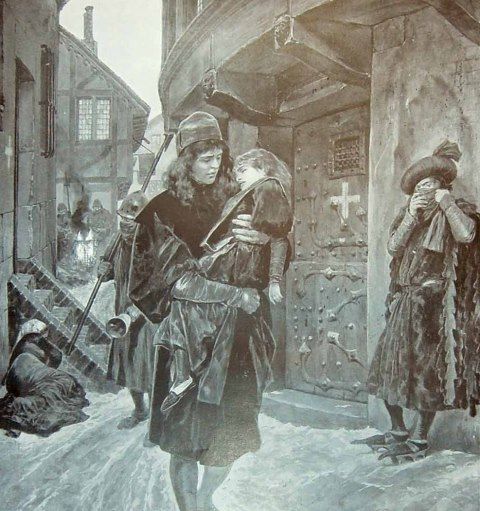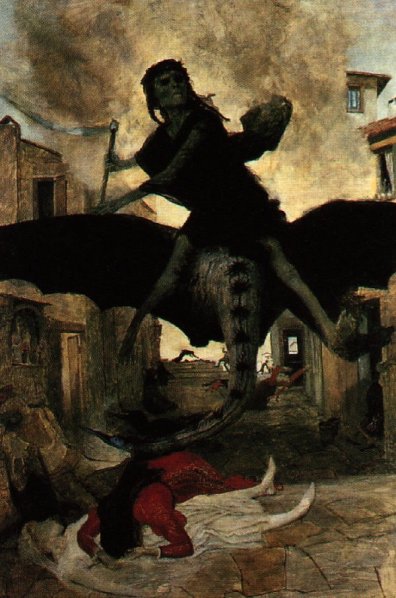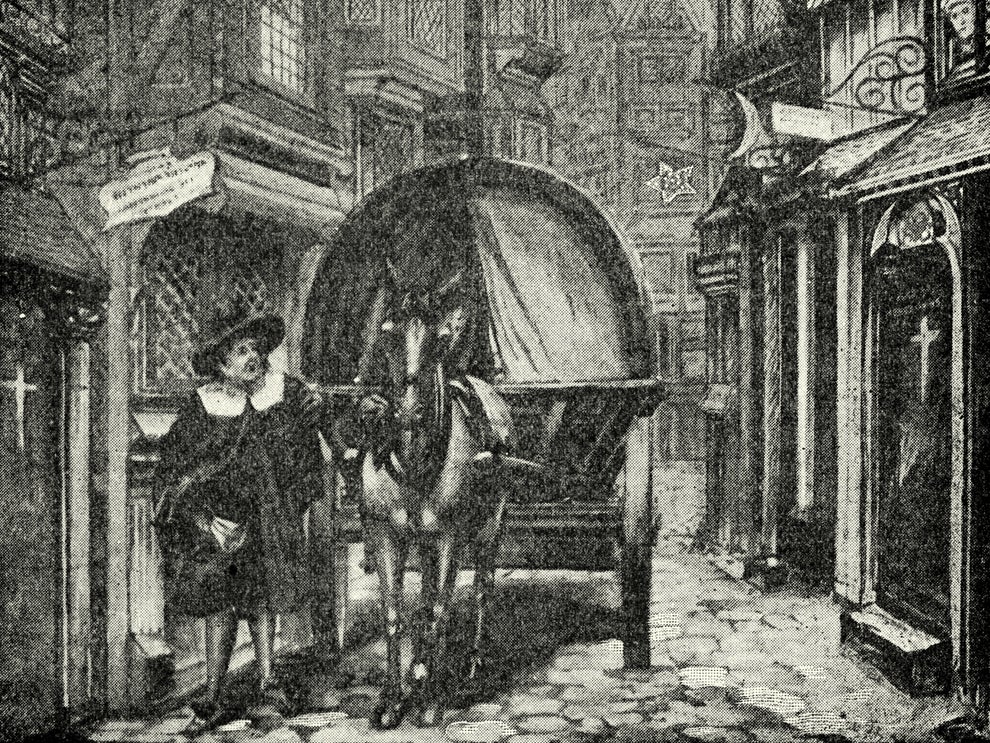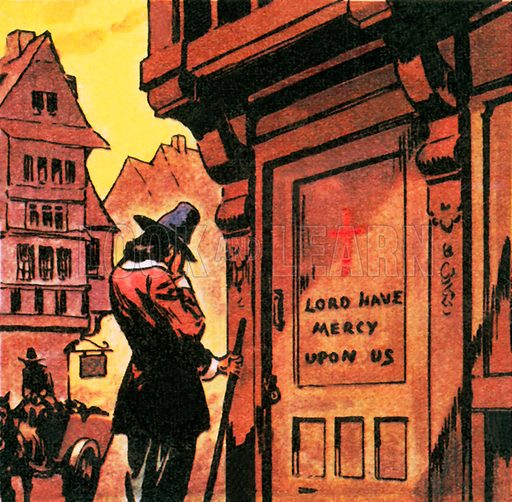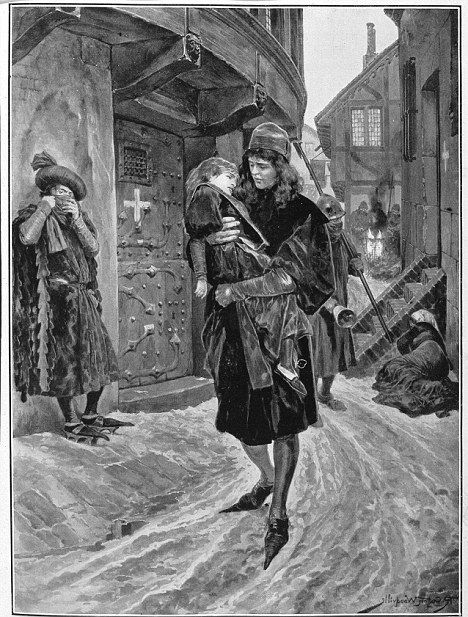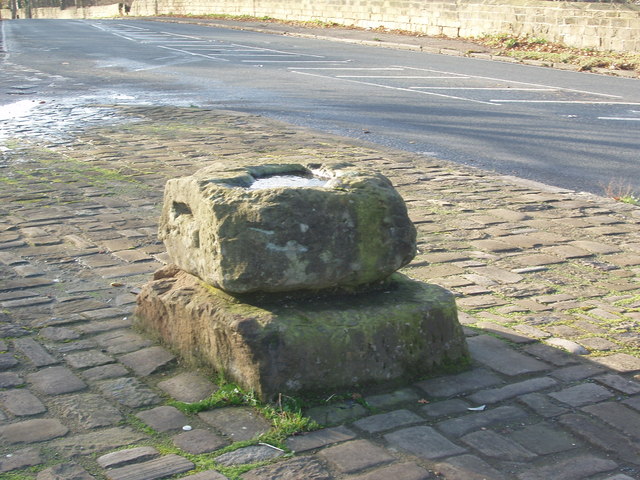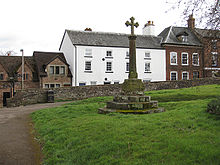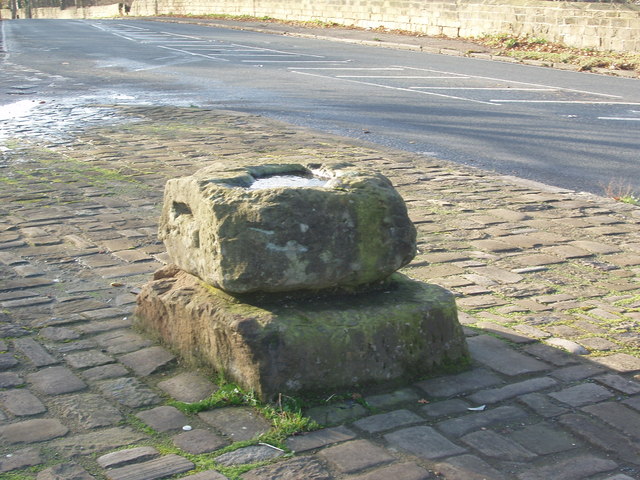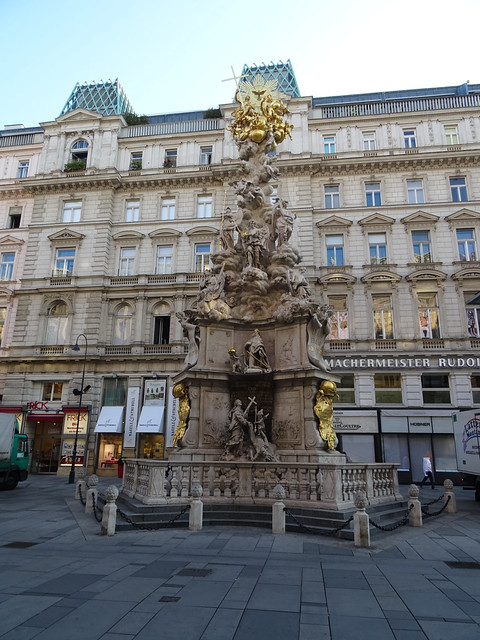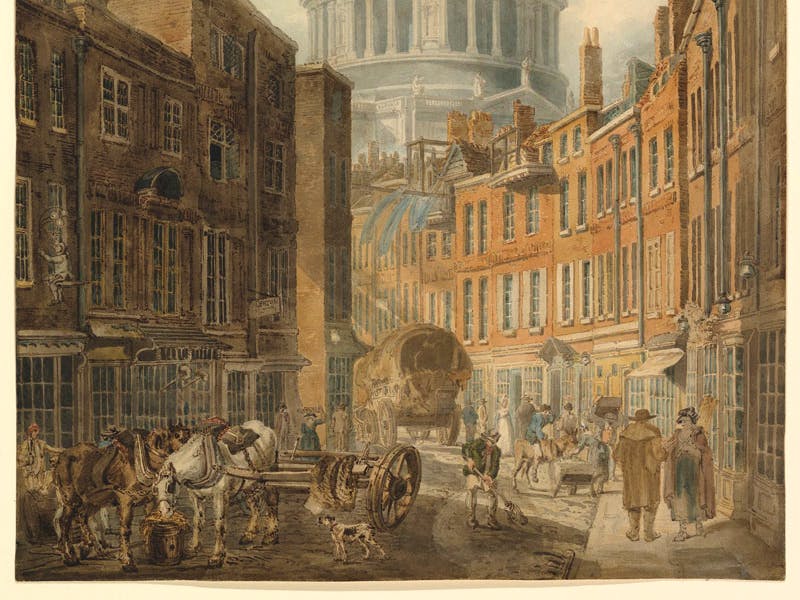In the 1600's during the Great Plague in London, those who were discovered to have plague were locked in their home with their whole family for 40 days. A watchman was stationed outside the house day and night to stop people leaving or guests entering. (...)
The parish would provide food supplies to those who could not afford to have their own purchased and delivered to them. In the 1500's homes of infected persons were marked with a hay bale suspended from a pole and any one else living in the house who wasn't ill
(...)
(...)
had to carry a large white pole aloft in front of them any time they went outside. This changed in the 1600s and as noted above, those who were unwell with the plague were locked into their homes with all of their family for a period of 40 days.
(...)
(...)
The homes of infected persons were marked with a one foot red cross in the middle of the door. The words 'Lord have mercy on us' was written in a prominent place where it could be clearly seen. After 40 days the parish would wash off the red markings and daub the door
(...)
(...)
with a white cross which indicated the quarantine was at an end and the house should be disinfected with Lye (sodium hydroxide). Any person surviving the 40 day quarantine was free to come and go.
(...)
(...)
To reduce contamination, traders and shop keepers would often provide a dish of vinegar where customers would deposit their coins to disinfect them before the trader would handle them. When markets temporarily moved due to the plague, the parish authorities would sometimes
(...)
(...)
erect a stone cross at an area outside the city where trading could take place. Some such crosses were termed 'vinegar stones' as they accommodated a small pool within the structure where coins could be sanitised for safer trading.
(...)
(...)
Throughout Europe stone columns sometimes called plague columns or Holy Trinity columns were erected as a thanksgiving for the end of a plague outbreak.
(...)
(...)
After the Great Fire of London, the rebuilding works seen the construction of wider streets, the banning of open sewers and the creation of pavements - all of which reduced the squalid conditions within which Plague outbreaks could escalate.

 Read on Twitter
Read on Twitter